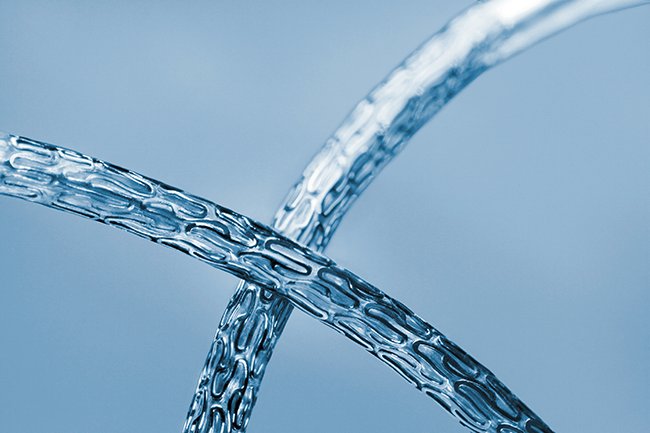The BIOFLOW-IV study included 579 patients from 12 Japanese sites and 34 non-Japanese sites. Patients with de novo coronary lesions were randomized in a 2:1 ratio (Orsiro: Xience). Non-inferiority of the primary endpoint of target vessel failure was confirmed at 3.5% in the Orsiro arm and 4.2% in the Xience arm respectively, at the 12-month mark (p-value: 0.0001).
Dr. Shigeru Saito, Director of Cardiology and Catheterization Laboratories, and Vice President at the Shonan Kamakura Hospital, Kanagawa, Japan, commented: “In the BIOFLOW-IV study, the excellent efficacy and safety profiles of Orsiro was confirmed. This outcome is consistent with the outcomes of other Orsiro clinical studies conducted outside Japan.” The coordinating clinical investigator of this study continued: “I look forward to seeing Orsiro obtain premarket approval from the Japanese government and being made available to Japanese patients.″
Widely used in Europe, Orsiro has consistently displayed its effectiveness and safety in numerous clinical trials, enrolling more than 32,500 patients to date. The BIOSCIENCE trial, published in The Lancet2, proved most similar to the BIOFLOW-IV study; it confirmed non-inferiority of the Orsiro to the Xience stent family in a patient group reflective of a routine clinical practice.
Dr. Kiyotaka Iwasaki, Cooperative Major in Advanced Biomedical Sciences, Graduate School of Advanced Science and Engineering, Waseda University (TWIns), Japan, said: “Ultra-thin 60 μm Orsiro DES had no stent fracture in an accelerated 10-year durability testing performed at our institute. This device has potential to provide more benefits to long-term patients’ safety.”
“This clinical data represents a significant milestone in helping to bring this product to the Japanese market. We look forward to making this product available to Japanese customers together with our distribution partner for Orsiro, Japan Lifeline,” said Jeffrey Annis, Managing Director of BIOTRONIK Japan.
About Orsiro*
The Orsiro Hybrid Drug-Eluting Stent (DES), launched in 2011, features the latest development in BIOTRONIK stent technology – a unique hybrid solution that combines passive and active components. proBIO passive coating encapsulates the stent and minimizes interaction between the metal stent and the surrounding tissue. BIOlute active coating contains a highly biocompatible polymer that delivers a limus drug via a bio-absorbable matrix. This hybrid coating is layered on top of the high-performance PRO-Kinetic Energy stent platform, renowned for its advanced ultra-thin strut stent design and outstanding deliverability.
*Caution: Orsiro DES is an investigational device in Japan
References:
1Target vessel failure: Defined as any clinically-driven revascularization of the target vessel (TVR), target vessel Q-wave or non-Q-wave myocardial infarction (MI), or cardiac death.
2 Pilgrim T. et al. Lancet. 2014, 384 (9960).



